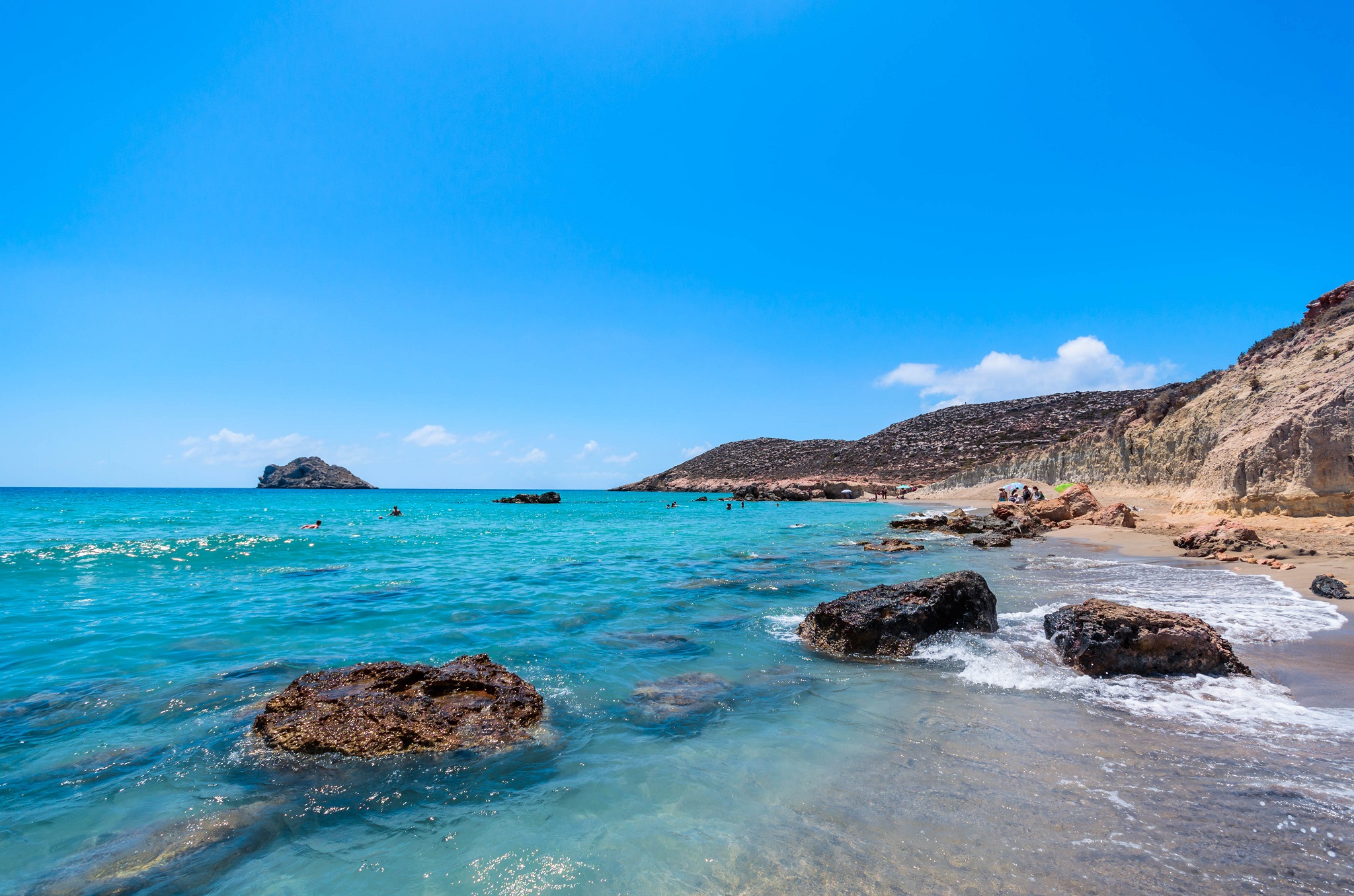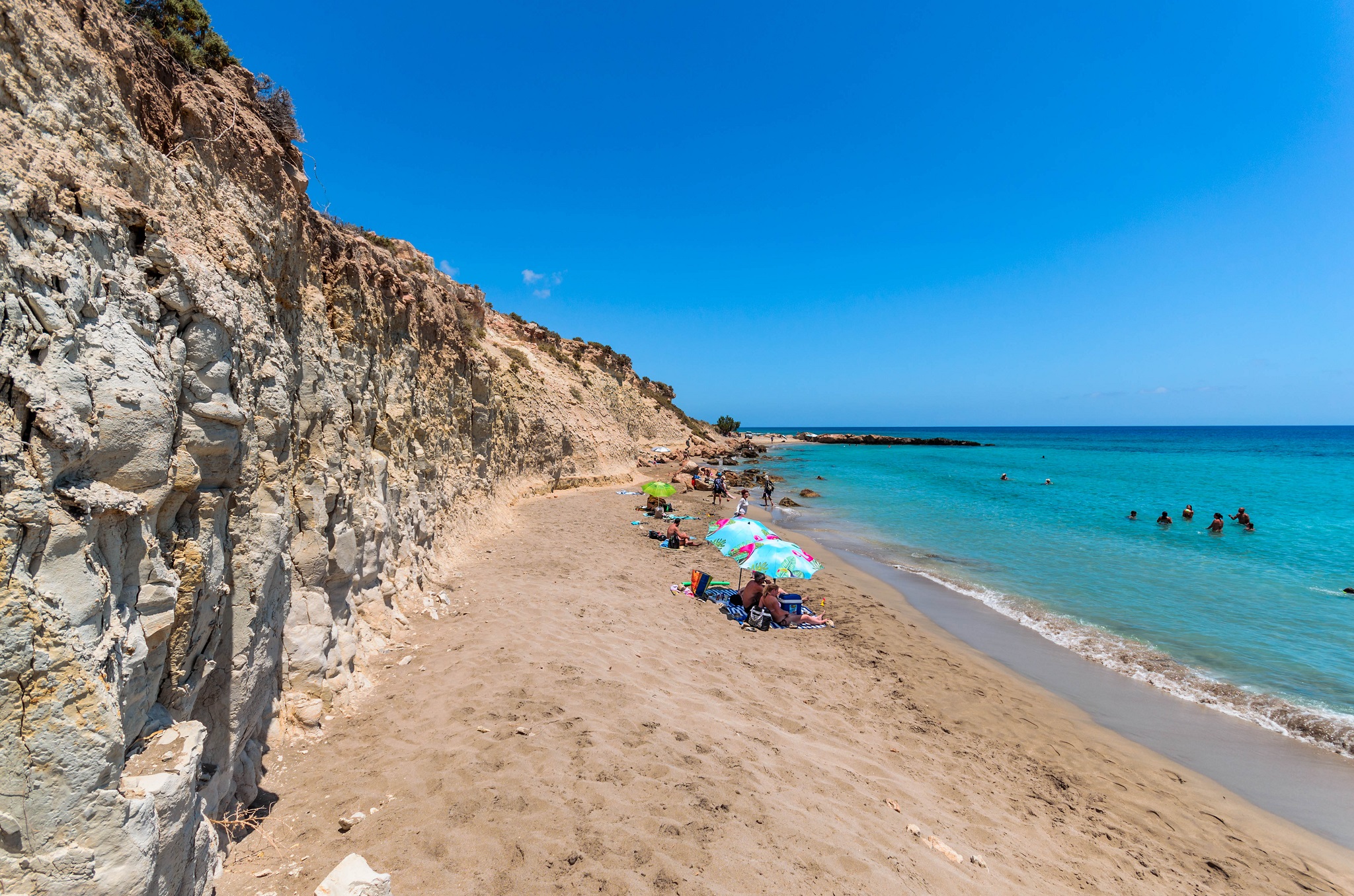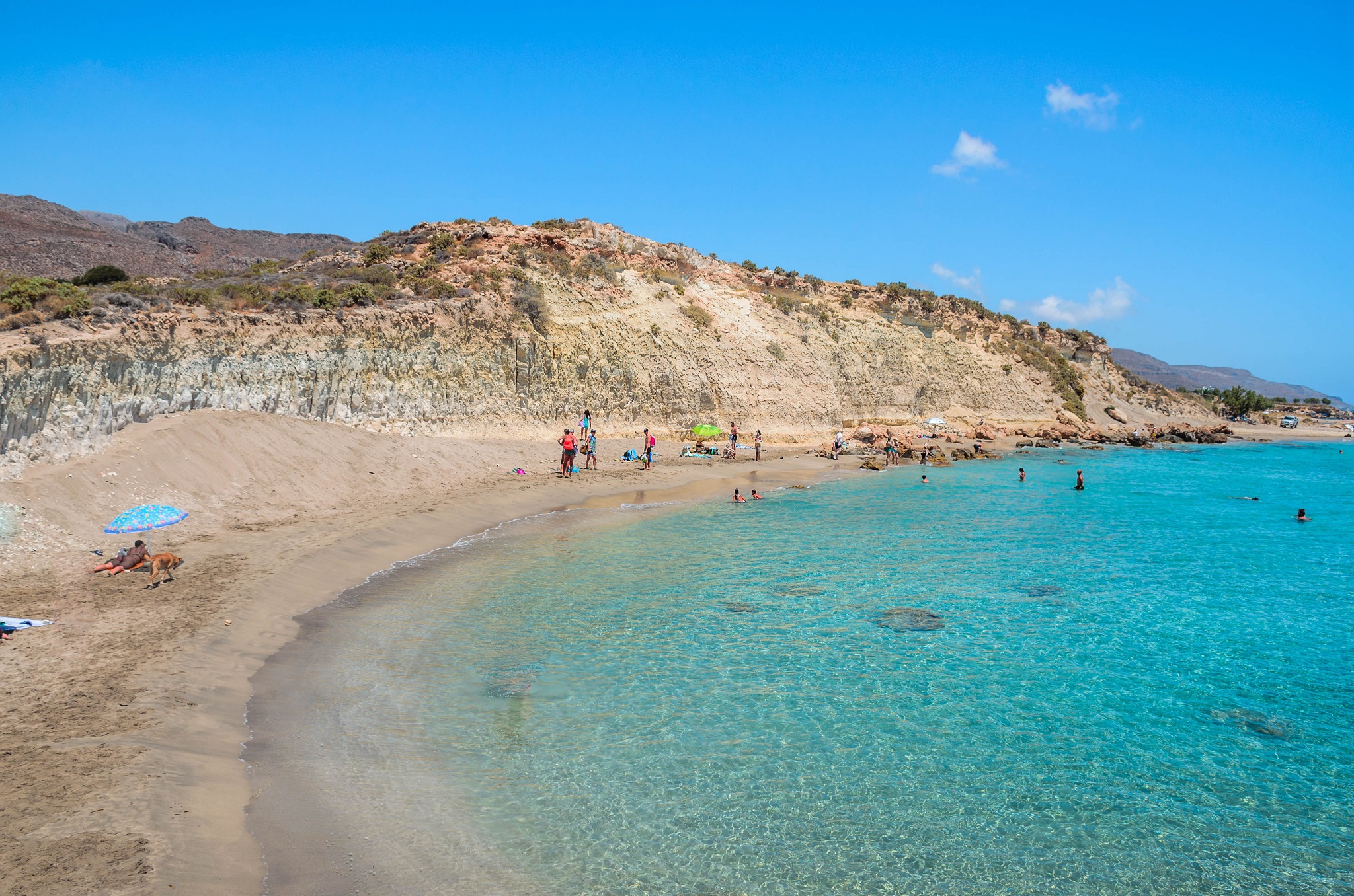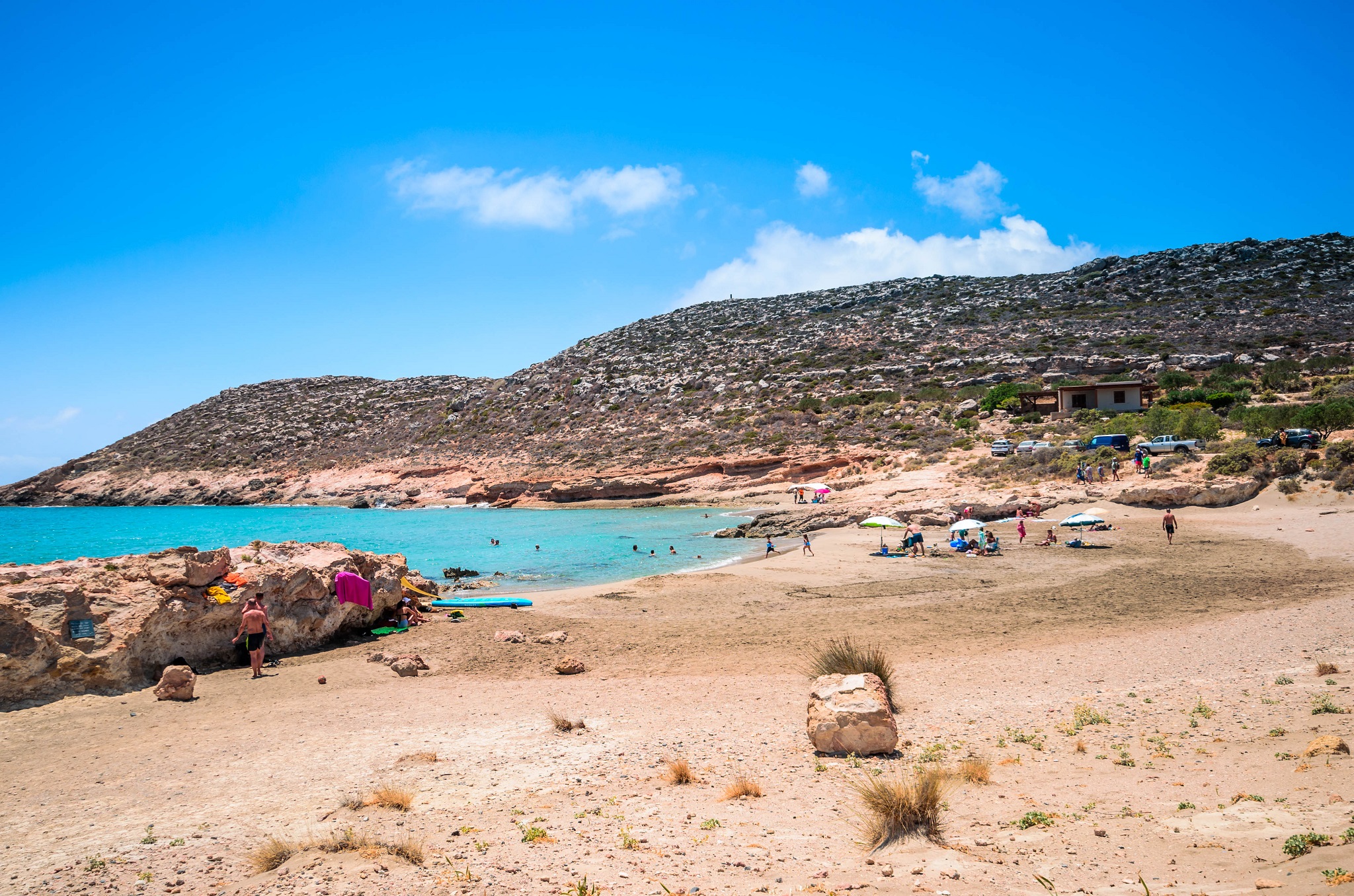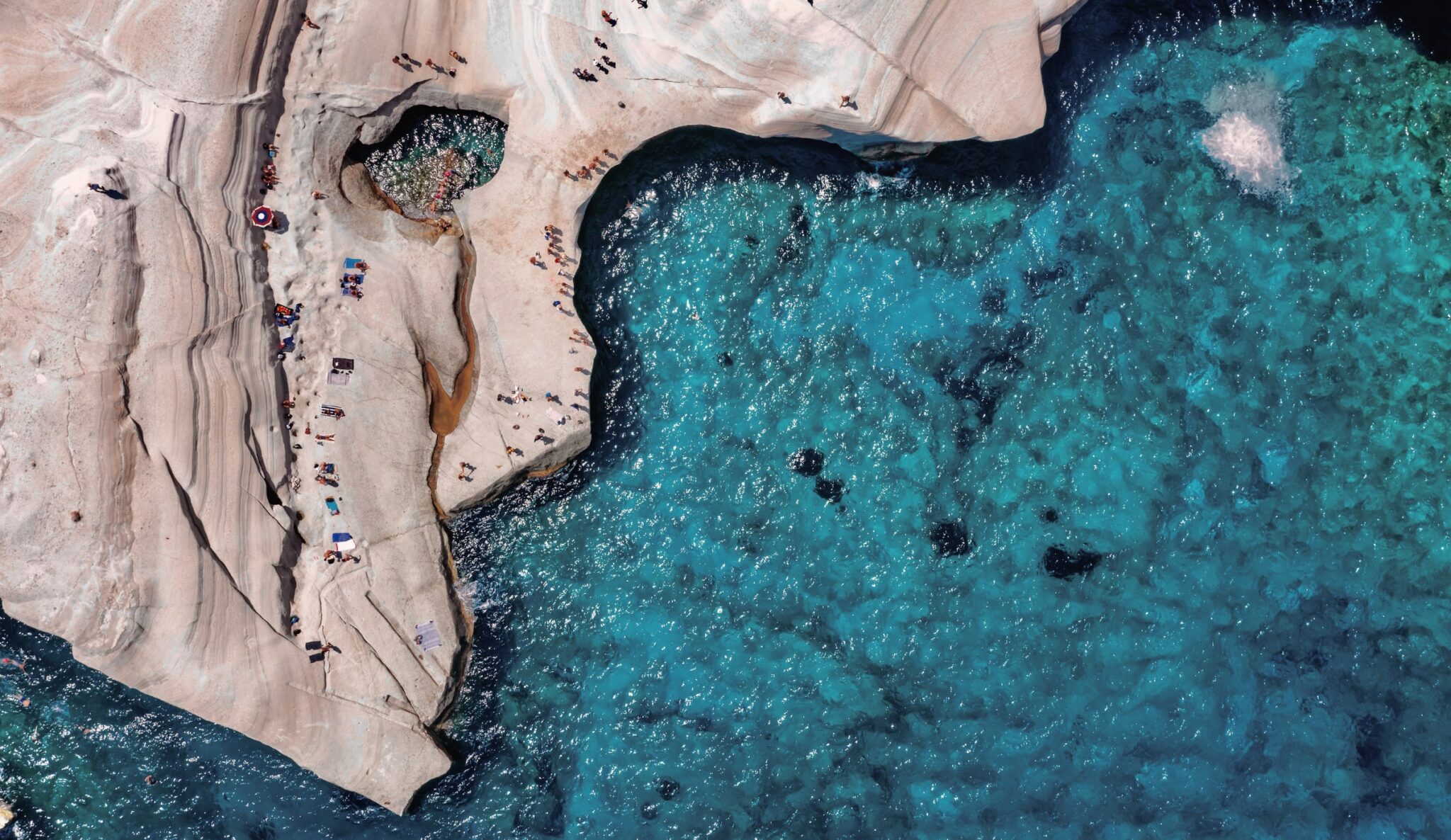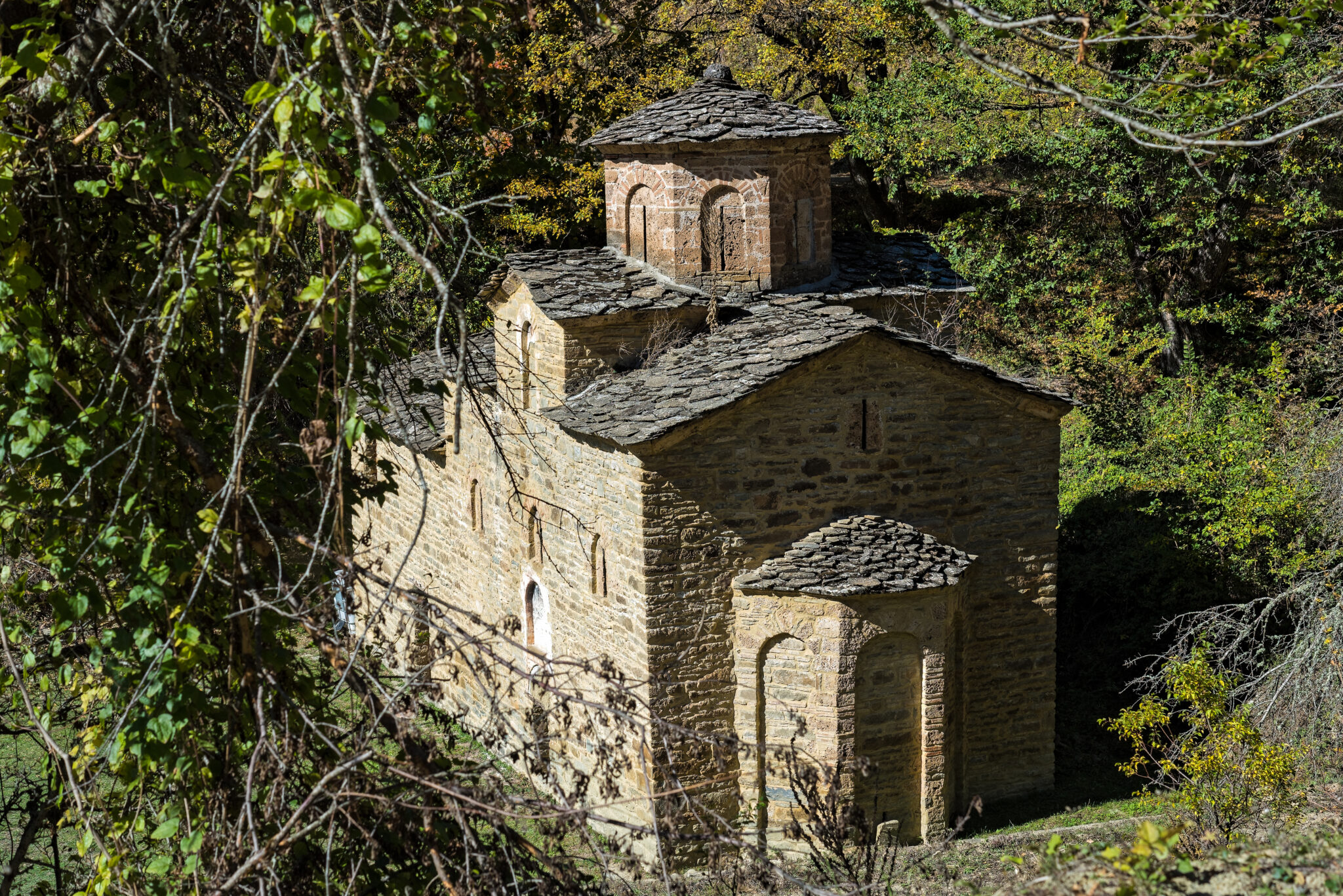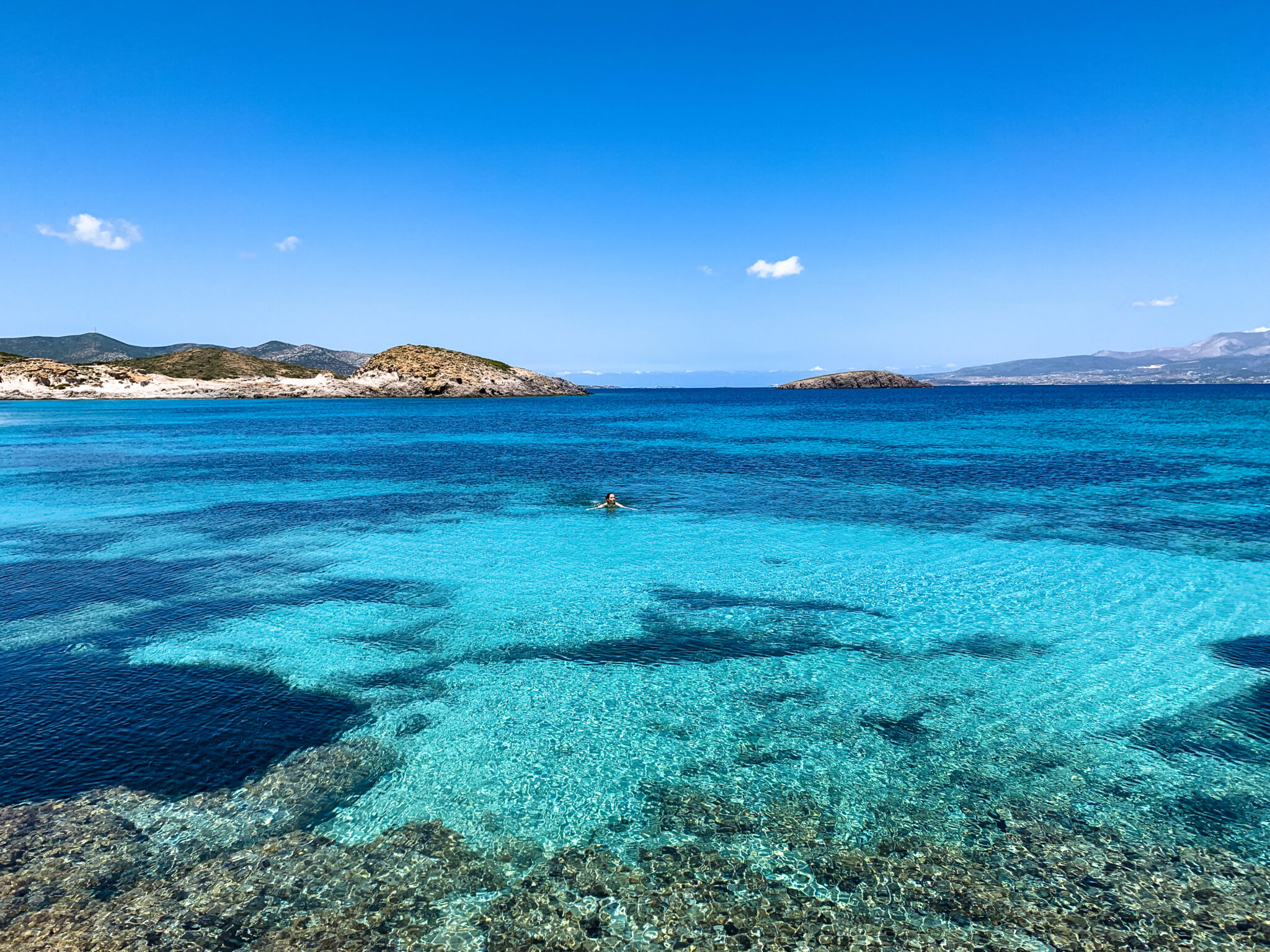Often, we remark that the summer graciously extends into September, a month where we find ourselves reluctantly retracing our steps back to familiar routines after a sun-kissed respite, gearing up for the impending demands of the new season. The cooling climate, indeed facilitates such a sentiment as autumn makes its arrival felt.
Meanwhile, along the extensive coastal stretch of southern Crete, a variety of geographical elements, the Libyan (or Southern Cretan) Sea that holds on to its warm waters until the winter season unfolds, coupled with temperatures frequently soaring above 30 degrees Celsius, can create the illusion of a prolonged summer.
Furthermore, for some, September heralds the optimum time to truly savour certain unique places that in July and August tend to attract sizable crowds. Argilos, nestled in the south-eastern region of Lasithi, epitomises this scenario: emerging as one of Crete’s most remarkable beaches, it has garnered a reputation of being the island’s “natural spa”.
Sapphire Waters and White, Therapeutic Clay
Located in southeastern Crete, within the broader territory of Sitia in Lasithi, Argilos is a haven in a small bay to the west of Xerokambos. This tranquil retreat looks out upon the Libyan Sea, boasting clear and shallow waters – deepening gradually as you venture in – adorned with mesmerising hues of sapphire and green. Its geographical favourability coupled with the lingering warmth that graces the region well into autumn, owing to the delayed arrival of winter, envelopes this place with a lingering embrace of warmth throughout the fall.
Its shoreline presents a tapestry of golden-hued sandy stretches, interspersed with pebbles and, predominantly, features white clay, the very substance moulding the low rocks sprinkled around the beach area. As is typical, this mineral beauty component is found in deposits either on the surface or submerged underground.
Thus, as the clay is renowned since ancient times for its beneficial effects on the skin (not to mention its wider therapeutic properties), you will find many bathers indulging in a mud therapy, anointing themselves with pieces from the rocks or whatever they can find with a light digging in the sands. After basking in its delight and allowing it to dry – an essential step for it to take effect as it must remain on until it dries – a dip in the sea will wash away all traces. However, do not overlook the small sign installed in the area, reminding visitors that while they are free to enjoy the beach’s clay freely, taking pieces away with them is prohibited, as such actions would significantly alter the essence of this unique natural landscape.
Furthermore, Argilos presents itself as an untouched beachfront, a haven where nature remains predominant over human touch. This entails that if you choose to venture here, you ought to come fully equipped. Even in the embracing warmth of September, it would be prudent to bring along a parasol, a mat and premium sunblock. Naturally, don’t forget to pack an ample supply of drinking water and perhaps a high-nutrient snack to indulge in post a refreshing dip in the azure waters. Despite its secluded charm, Argilos tends to gather visitors mainly during the weekends of July and August. Nevertheless, it remains a secret haven known only to a select few, thus averting the bustling crowds often encountered at more mainstream destinations. Those who are acquainted with this quaint spot fervently claim that there isn’t a more splendid time to relish its beauty than in September.
How to Get Here
Travelling to Argilos will take you 103 kilometres from Agios Nikolaos – the capital of Lassithi, and 69 kilometres from Ierapetra, with Sitia being the closest urban centre at 47 kilometres. The beach is splendidly situated to the west of Xerokambos Sitia, adjacent to the coastal site renowned as Gerontolakkos, home to another stunning shoreline.
The most convenient route to reach this untouched paradise is to start from Sitia, following the provincial road connecting Ierapetra to Ziros. Although a winding route, the sheer beauty of Argilos is worth every turn, promising to reward your efforts abundantly. Before setting off, it would be wise to check the weather forecast; whilst the summer sun tends to linger deep into September in southern Crete, a blustery day can bring significant waves.
Read also:
Discovering the Lighthouses of Tinos
Avlemonas: One of the Mediterranean’s Most Scenic Fishing Villages
Niokastro: The Celebrated Jewel of Messinia



